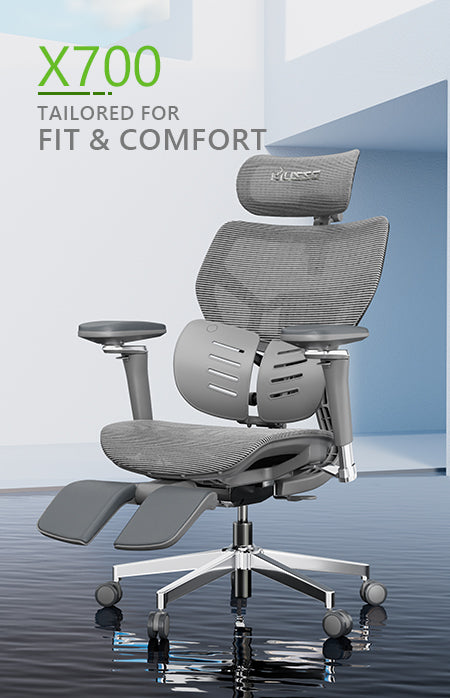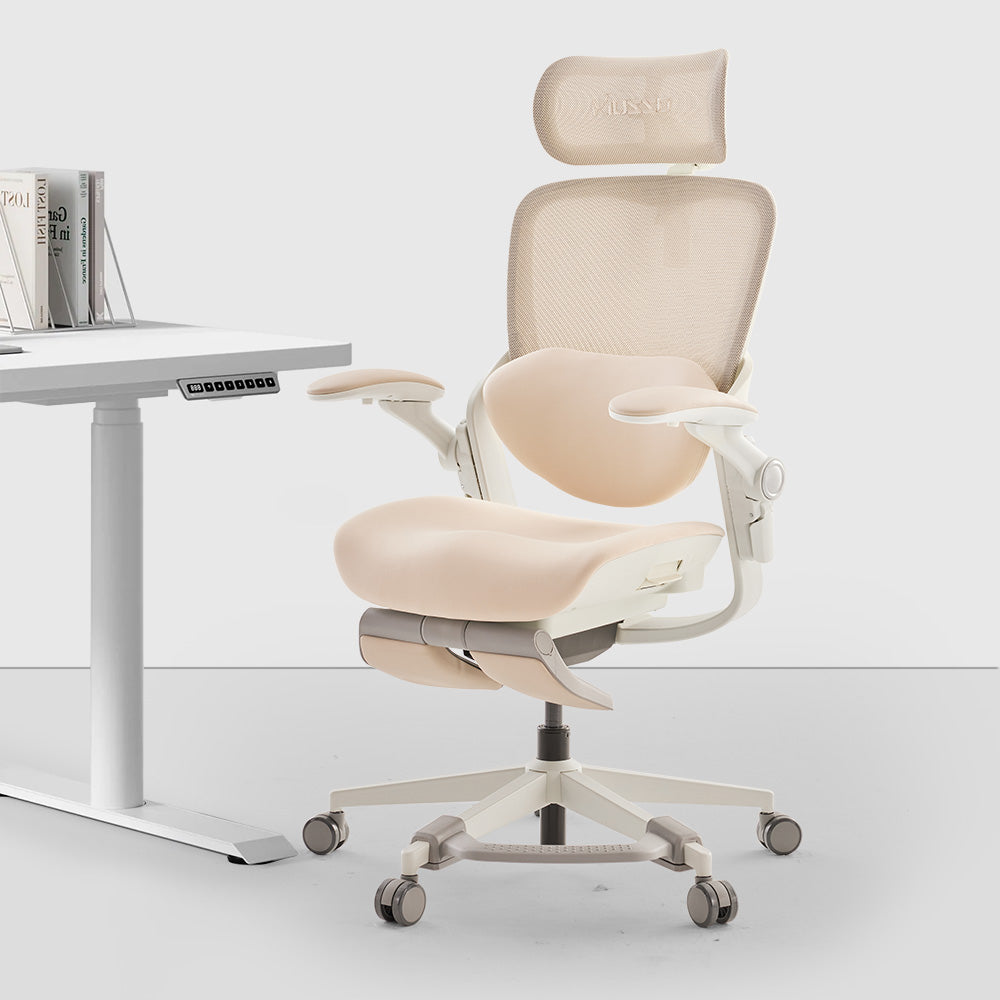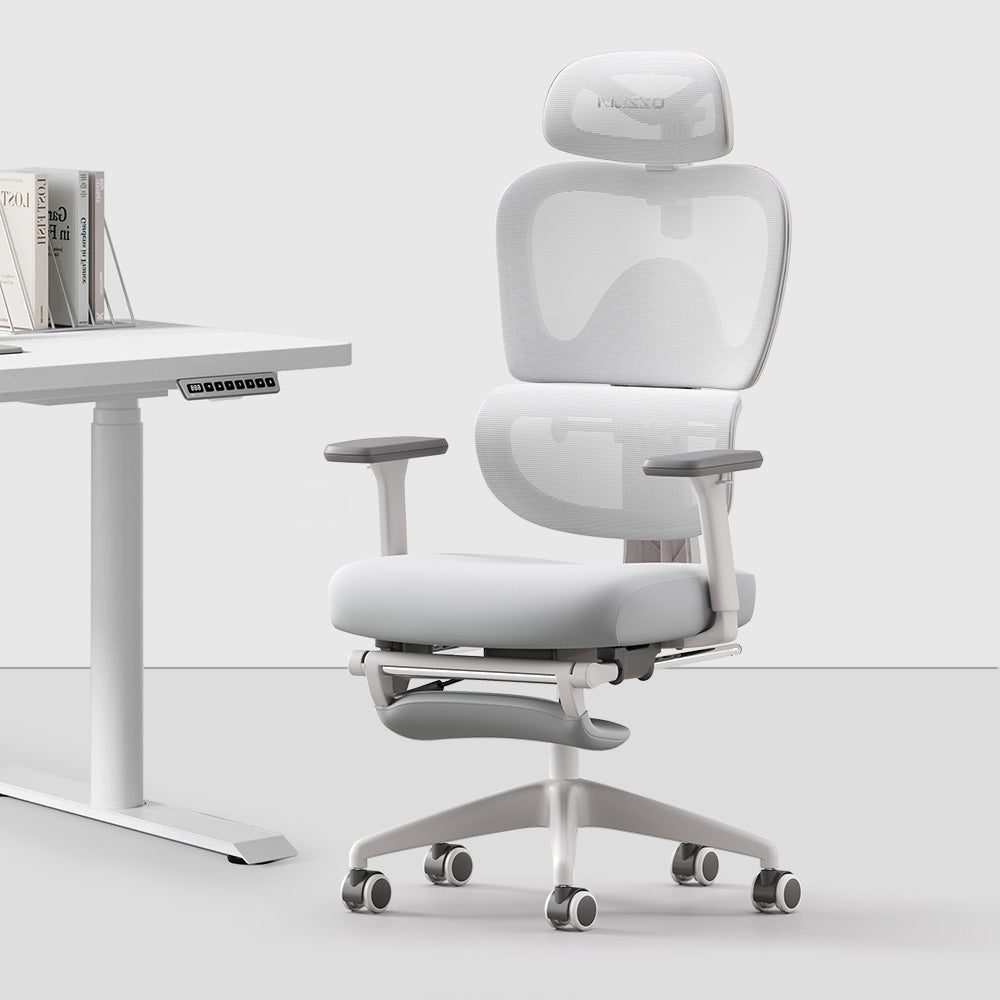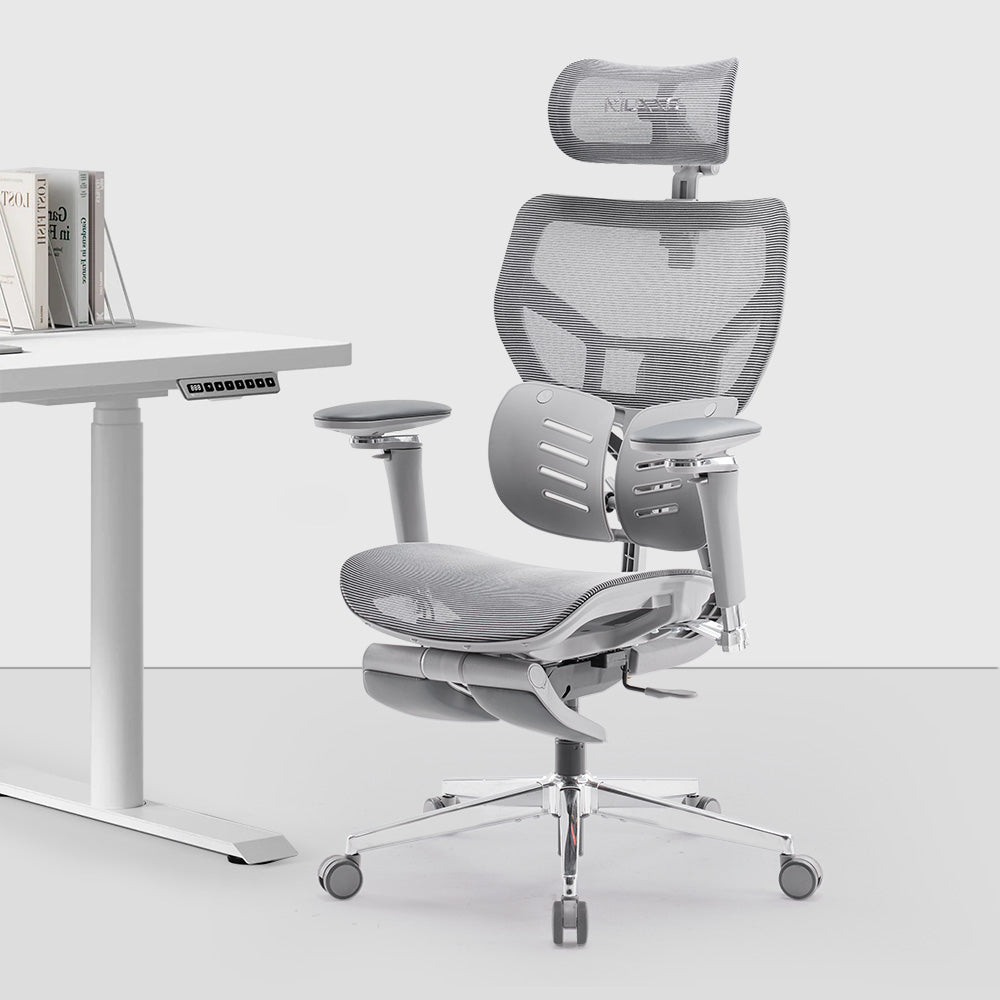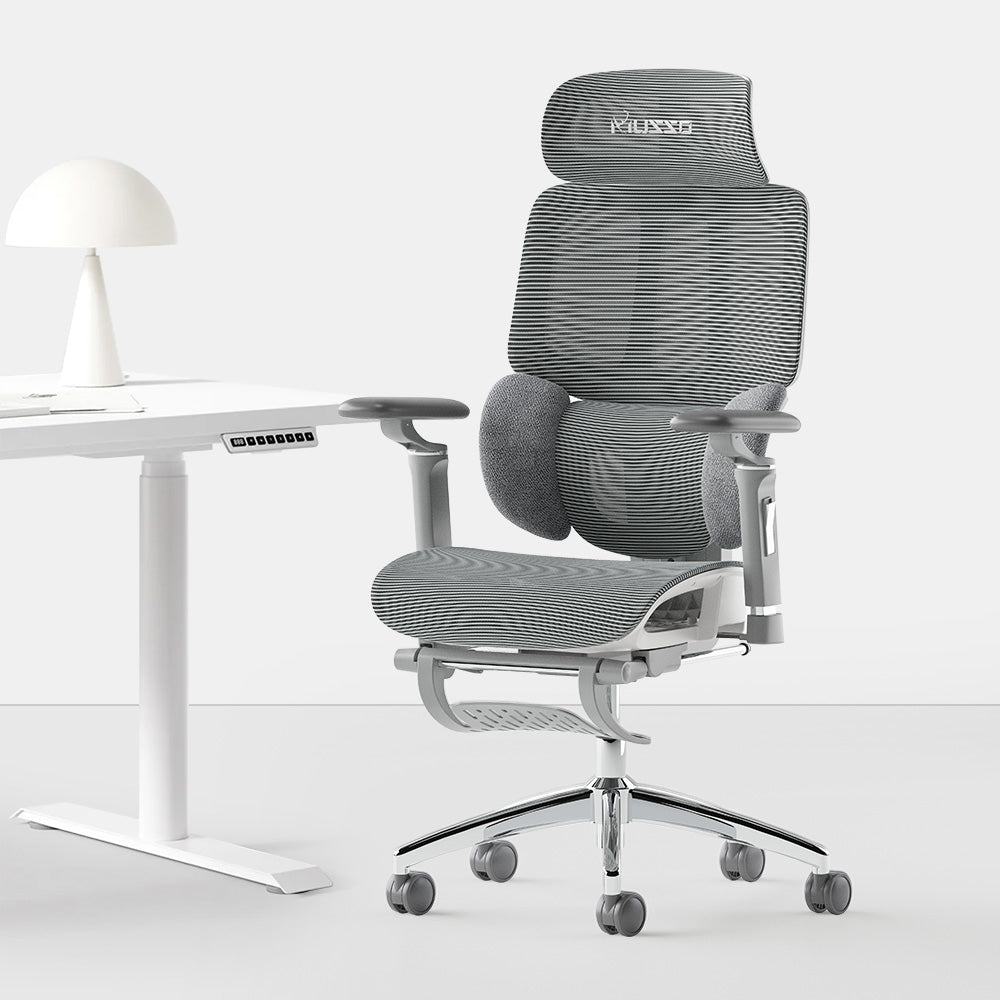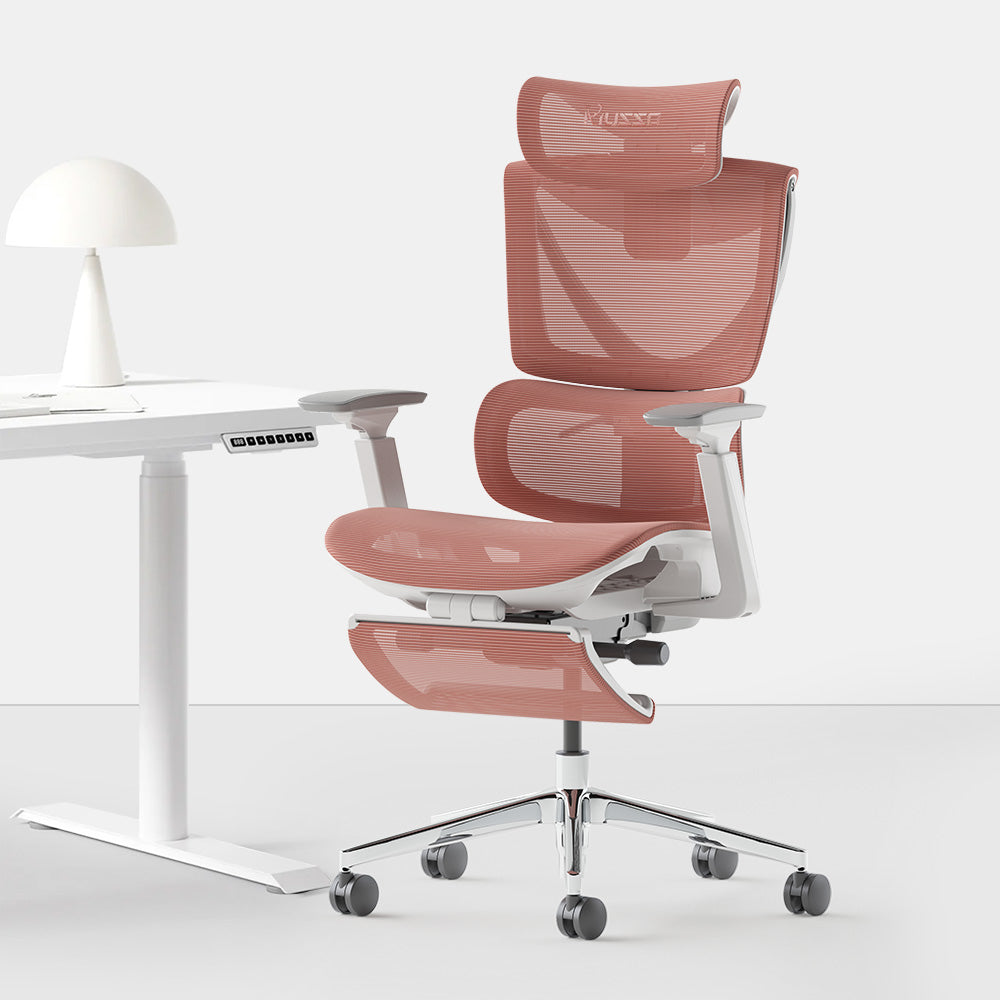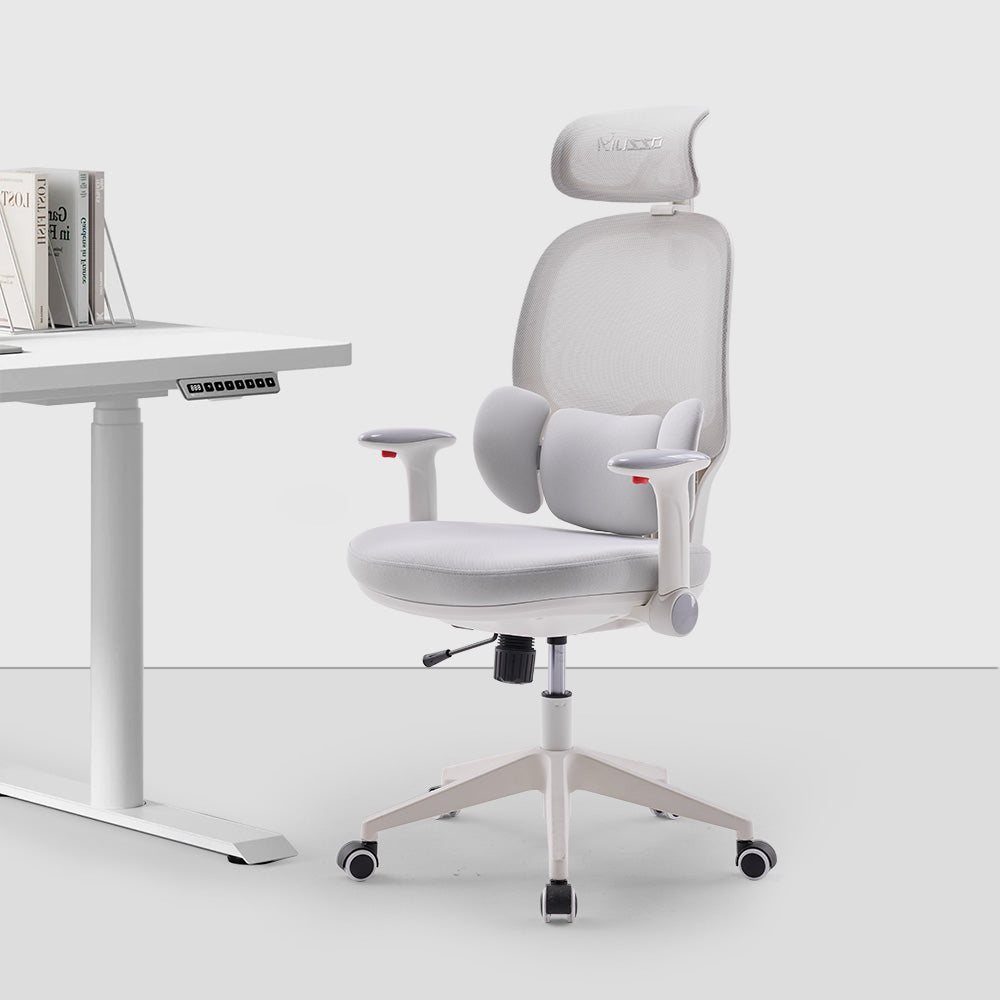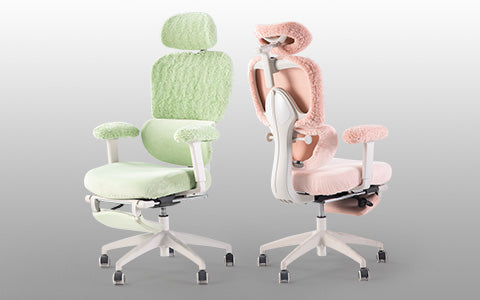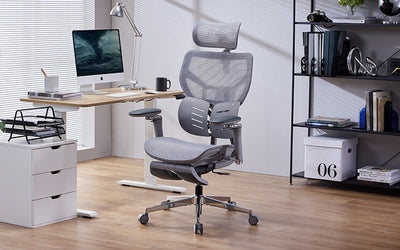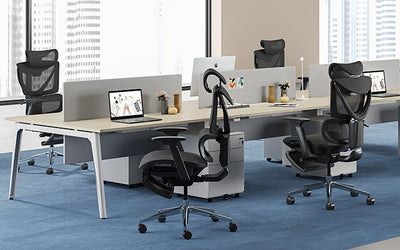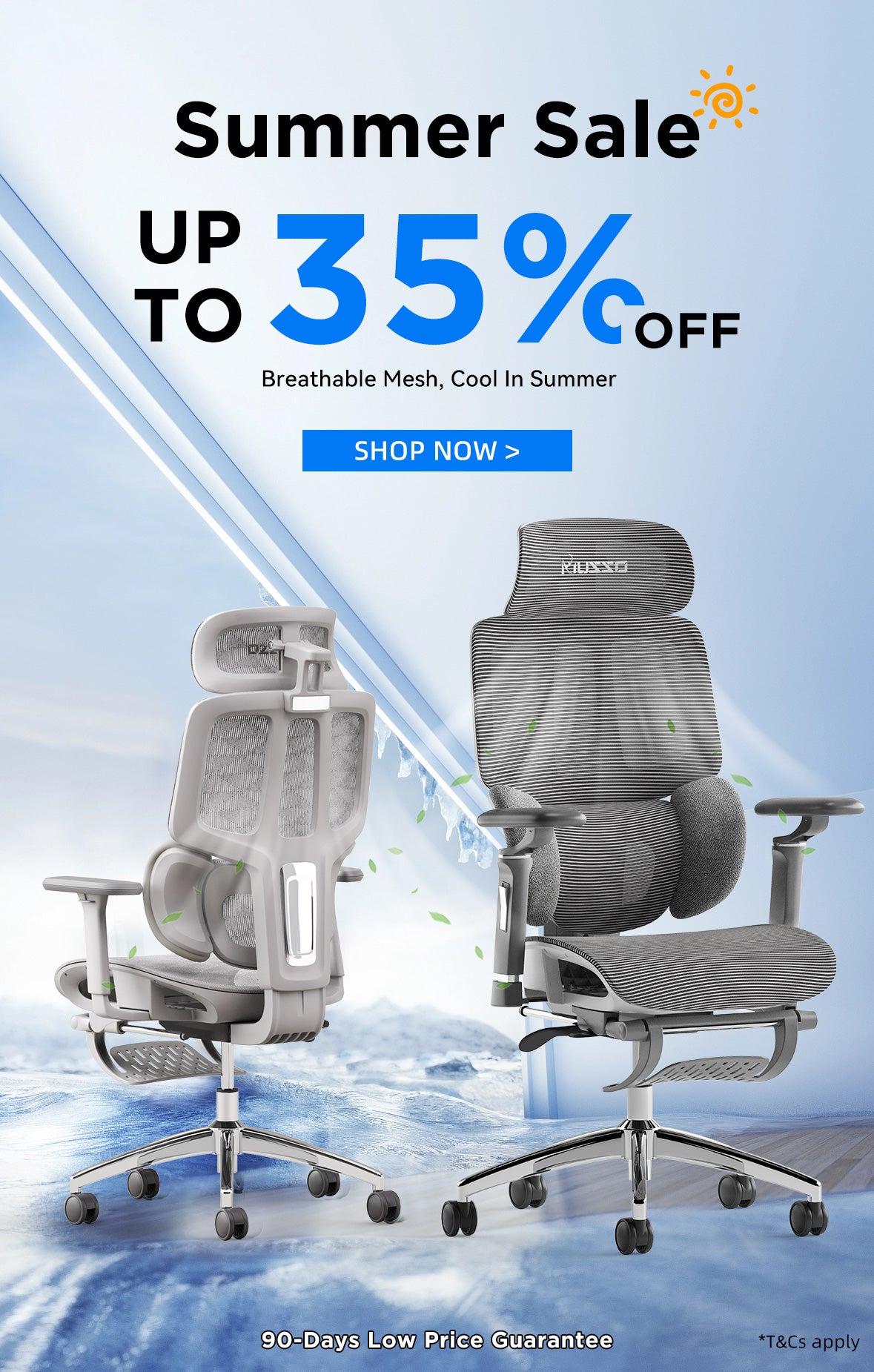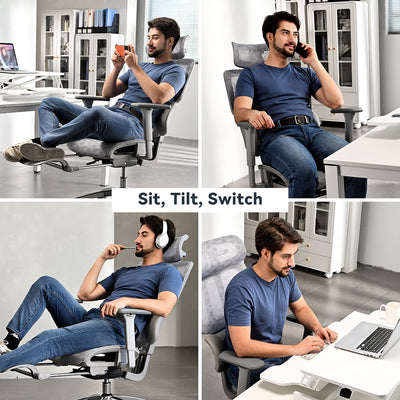Quick Menu
Introduction:
In today's sedentary work culture, many individuals spend prolonged hours seated at their desks, which often leads to discomfort and pain in the back and hips. Choosing the right ergonomic office chair is paramount to alleviate these issues and promote overall well-being. This comprehensive guide will delve into the significance of ergonomic office chairs for addressing back and hip pain, supported by evidence from reputable sources, and provide detailed recommendations for selecting the most suitable chair.
Understanding Back and Hip Pain:
Prolonged sitting in poorly designed chairs can result in poor posture, muscle stiffness, and increased pressure on the spine, contributing to back and hip pain. According to the American Academy of Orthopedic Surgeons (AAOS), maintaining proper posture and providing adequate support for the lumbar region are essential for preventing and managing back pain.
The Importance of Ergonomic Office Chairs:
Research from the Human Factors and Ergonomics Society (HFES) emphasizes the role of ergonomic office chairs in reducing musculoskeletal discomfort and promoting healthy sitting habits. Ergonomic chairs are specifically designed to support the natural curvature of the spine, distribute body weight evenly, and minimize pressure on the hips, thereby alleviating back and hip pain.
Key Features to Consider:
When selecting an ergonomic office chair for back and hip pain relief, several key features should be taken into account:
Lumbar Support: Look for chairs with adjustable lumbar support to maintain the natural curve of the spine and reduce lower back strain. The American Chiropractic Association (ACA) recommends chairs with built-in lumbar support to alleviate pressure on the lumbar discs.
Seat Depth and Width: Opt for chairs with adjustable seat depth and width to accommodate different body sizes and provide adequate thigh support. According to Spine-health, a leading resource for back pain information, a seat depth that allows for a two-finger gap between the edge of the seat and the back of the knees is ideal for optimal comfort and circulation.
Adjustability: Choose chairs with multiple adjustment settings, including seat height, armrest height, and recline angle, to customize the chair to your individual needs and preferences. The Mayo Clinic suggests that adjustable features can help reduce strain on the back and hips by allowing users to find the most comfortable and supportive position.

Recommended Ergonomic Office Chairs:
Based on recommendations from Medical News Today, the following ergonomic office chairs are highly regarded for their comfort and support:
Herman Miller Embody Chair: Renowned for its innovative design and dynamic support system, the Herman Miller Embody Chair promotes healthy sitting habits and reduces pressure on the spine and hips.
Steelcase Gesture Chair: Designed to support a wide range of sitting postures, the Steelcase Gesture Chair features intuitive adjustments and responsive support mechanisms to alleviate back and hip discomfort.
Musso Ergonomic Chair H80 Pro 2: With its ergonomic design and customizable features, the Musso H80 Pro 2 offers exceptional lumbar support and pressure relief for individuals with back and hip pain.

Conclusion:
Investing in an ergonomic office chair tailored to address back and hip pain can significantly improve comfort, productivity, and overall well-being in the workplace. By prioritizing lumbar support, seat adjustability, and ergonomic design, individuals can mitigate the risk of musculoskeletal discomfort and enjoy a more ergonomic and supportive sitting experience.Reference Websites:
American Academy of Orthopedic Surgeons (AAOS): https://www.aaos.org/Human Factors and Ergonomics Society (HFES): https://www.hfes.org/
American Chiropractic Association (ACA): https://www.acatoday.org/
Spine-health: https://www.spine-health.com/
Mayo Clinic: https://www.mayoclinic.org/
Medical News Today: https://www.medicalnewstoday.com/
